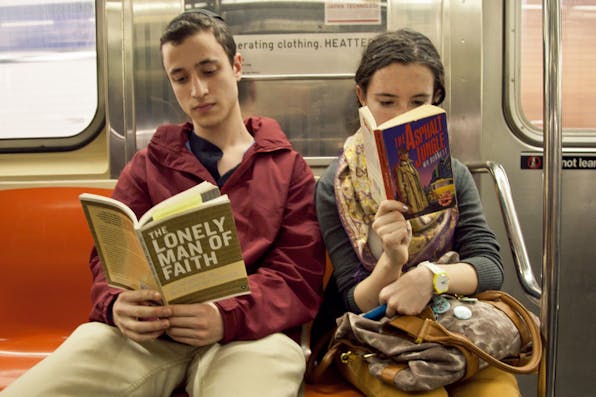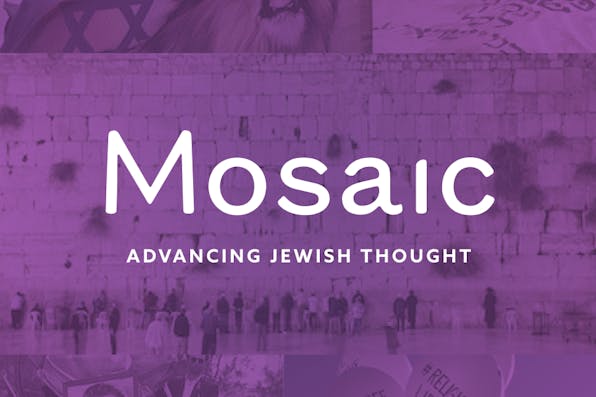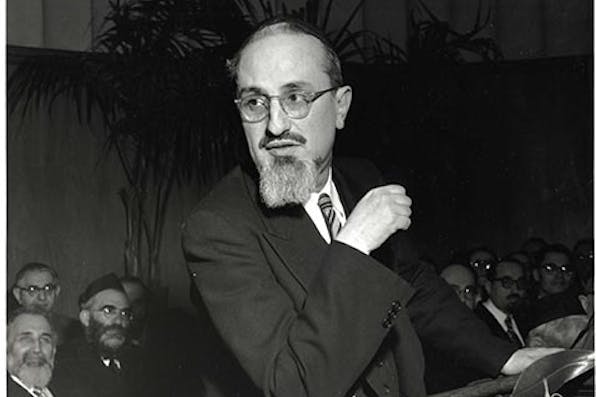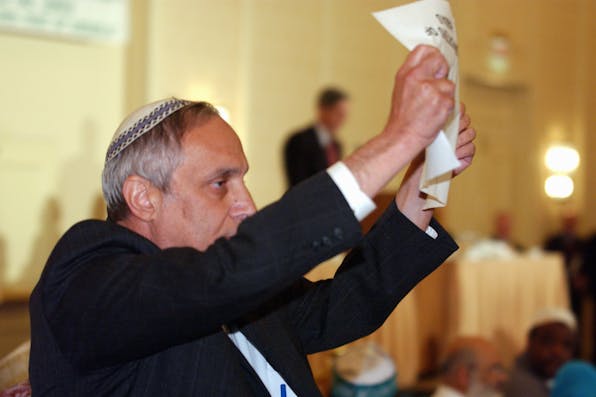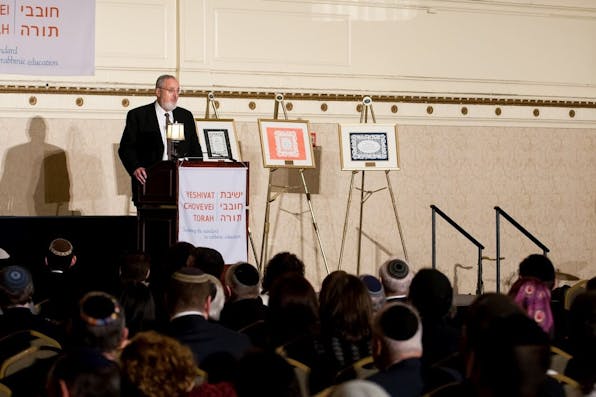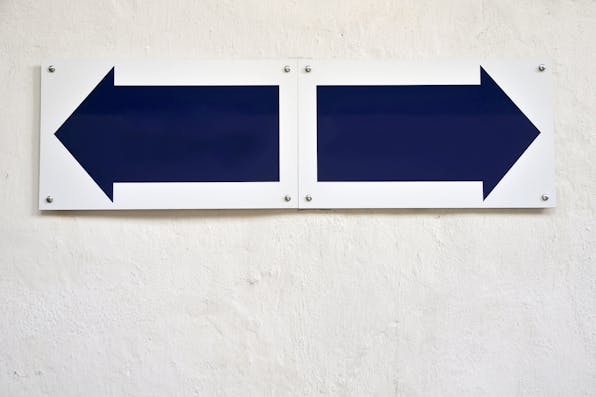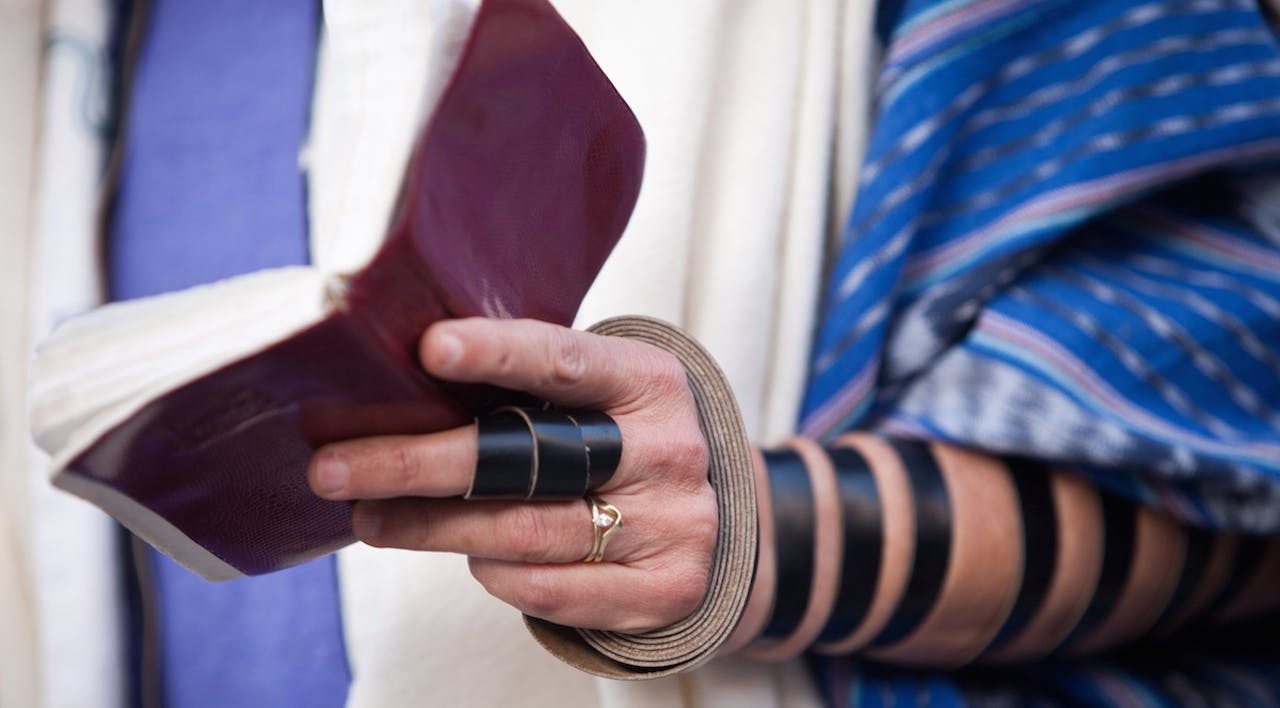
August 2014
Can Modern Orthodoxy Survive?
The culture wars have come to the Modern Orthodox movement. Is a schism on the horizon?
On the current American Jewish scene, one group stands out for its seemingly successful integration of traditional religious behavior and belief with full participation in modern society.
Consider the landscape. On the liberal side of the religious spectrum, Conservative Judaism, until recently the largest of the denominations, identifies itself as traditional, but only a minority of its adherents strive to observe the dictates of Jewish law (halakhah). As for more liberal movements, most of their members make no claim to be exemplars of traditional Judaism but rather regard themselves as advocates of—to invoke the names of the best-known movements—reform, reconstruction, or renewal. Meanwhile, at the opposite end of the continuum, one finds Orthodox groups that, while punctiliously observant, self-consciously insulate themselves to one degree or another from Western culture or explicitly reject the assumptions of modernity.
This leaves the sector known as Modern Orthodoxy. Relatively small in number, making up just 3 percent of American Jewry as a whole—and by no means comprising all who identify themselves as Orthodox—it alone seems to have found the sweet spot: a synthesis of the modern with traditional Jewish observance. Recent surveys, including Pew’s Portrait of Jewish Americans, make clear just how well the Modern Orthodox have combined both parts of their name.
